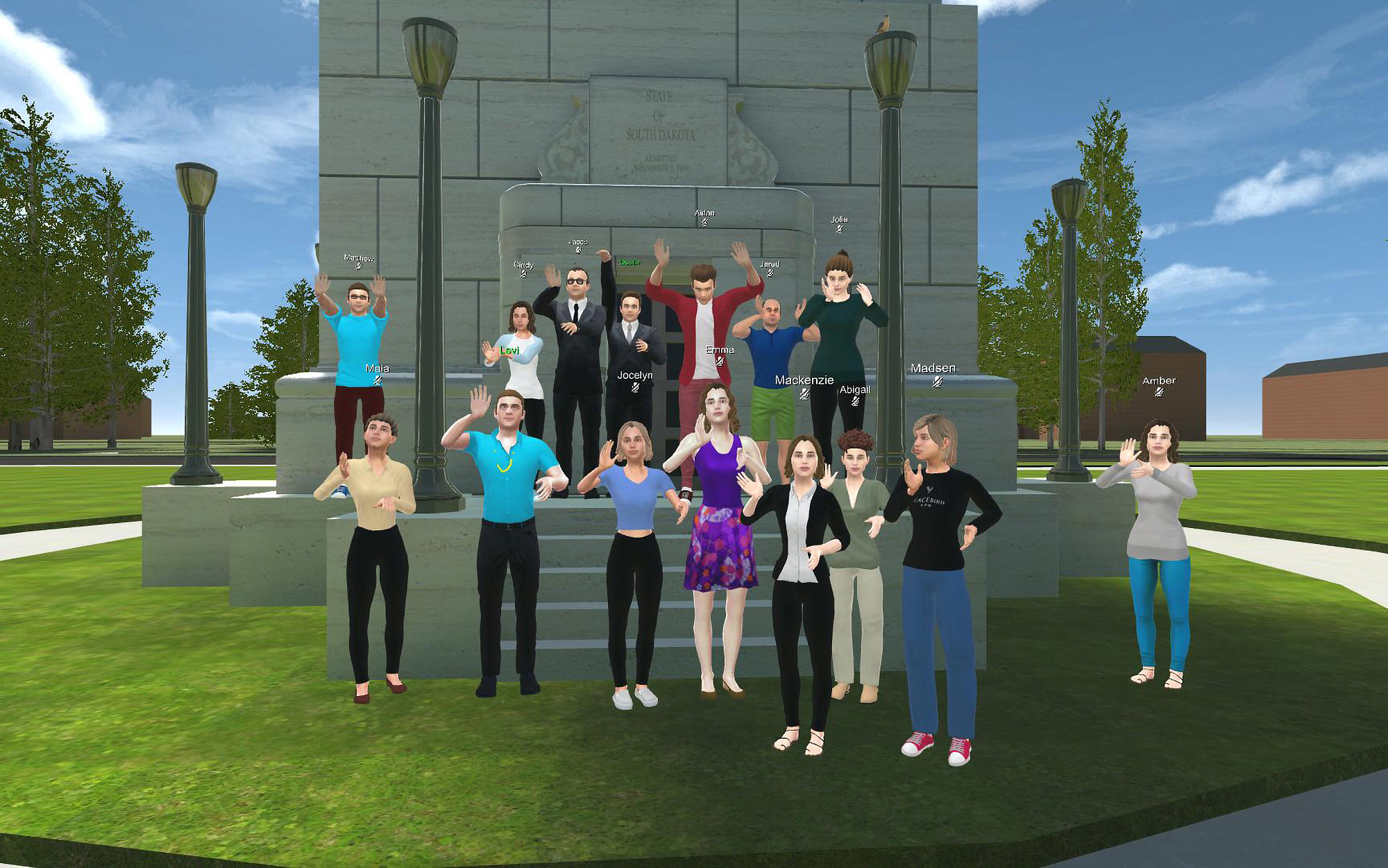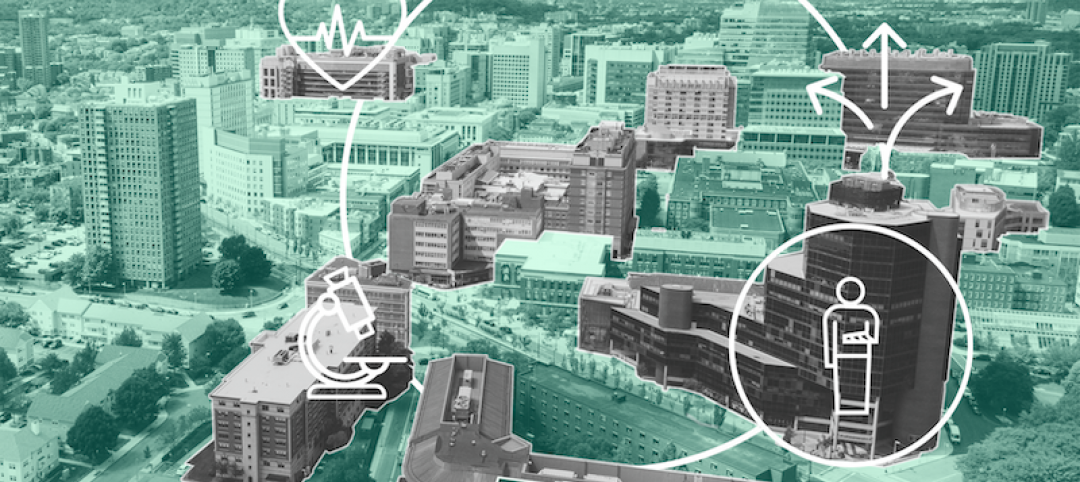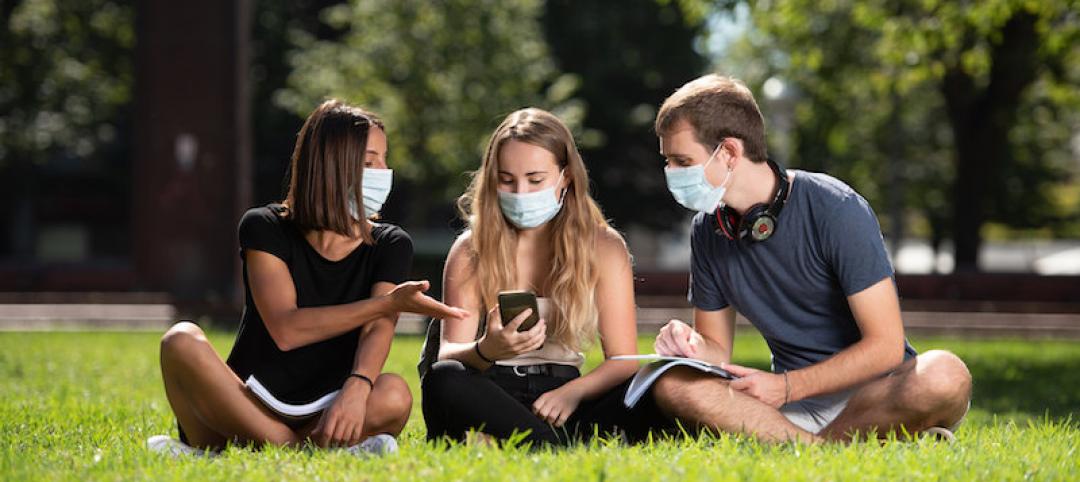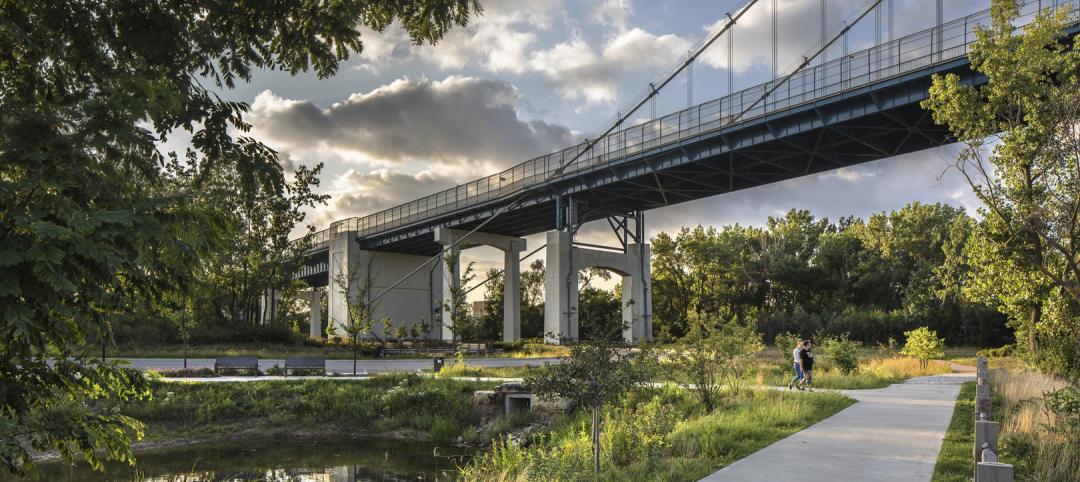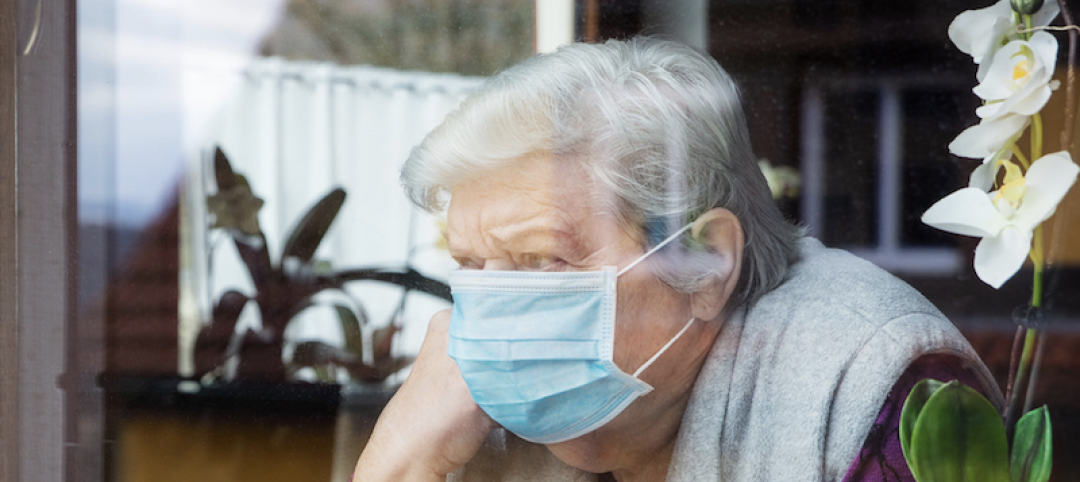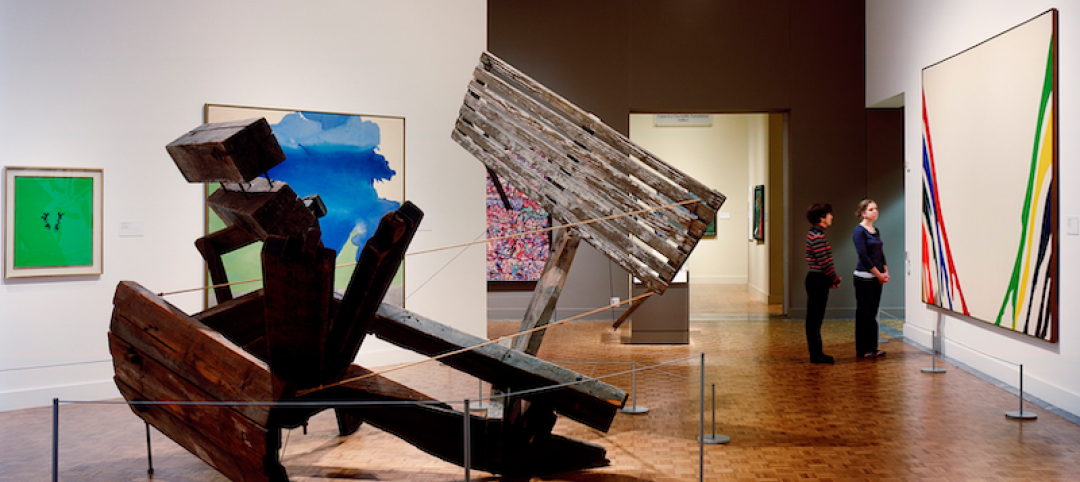The definition of “on campus” is changing. The advancement of AR/VR technology in higher education is introducing a new learning experience and environment, and institutions are quickly adapting to change. There are compelling reasons to move into this space—more engaged hybrid learning, expanding enrollment and reach and leveraging content production across more students.
Unlike current virtual learning platforms, the Metaversity has the uncanny quality of replicating place. A significant piece of the Metaversity value proposition is recreating campus communities and buildings, anchoring virtual learning in a recognizable, branded “digital twin.”
A tour of the Metaversity
Our Metaversity tour, guided by VictoryXR, gave us the impression that the “mirroring” of physical space in the Metaversity has successfully brought the physical and virtual campuses together into a cohesive institution. While there is still room for enhancement, the technology captures the unique character of buildings on the physical campus. It also provided a sense of belonging as we could see and interact with each other in the same space. The ability to control equipment and materials in the virtual lab made us feel as if we were in the actual lab space on the physical campus.
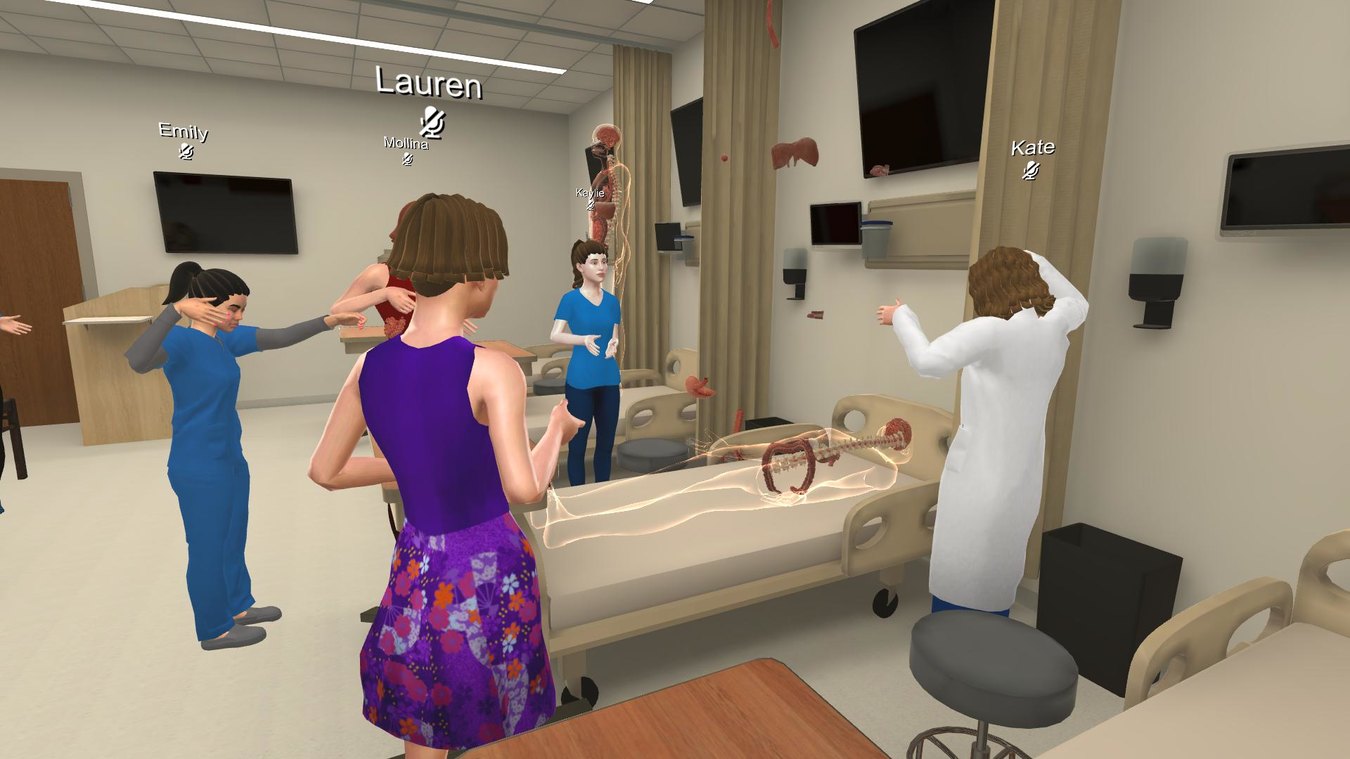
AR/VR learning isn’t new. It’s happening on multiple fronts, notably in the health professions where virtual anatomy is reshaping curricula across the U.S. The profound impact of the Metaversity is scale. It has the potential to reach thousands of new students and staff through the paradoxical promise of “virtual learning in place.”
Imagine drama students from all over the world gathering in the Metaversity theater to observe how their classmates interpret Hamlet on stage. Everyone might be thousands of miles away from each other but is present together in a virtual space. This shift will require an innovative approach to the design of both physical and virtual space and may drive a future state where architecture resembles game design. What does practice look like in Higher Education planning and design as the Metaversity ascends?
First, there will be a significant ramp-up period with vendors partnering with institutions to provide both instructional content and “construction” of virtual campuses. We see an opportunity to offer near-term services building bespoke spatial and material content for individual institutions. This content will become a foundation for more meaningful, long-term development.
Also, we anticipate that institutions will carefully monitor learning outcomes in virtual campus settings to protect their reputation and unique value proposition. Immersive learning benefits diverse demographics, such as neurodiverse and non-traditional students, which will lead institutions to prototype virtual learning environments to serve the larger population. Creating the Metaversity can be a critical justice, equity, diversity and inclusion (J.E.D.I.) driver, calling for a new pedagogical approach and curriculum development to promote inclusion at the institutional level.
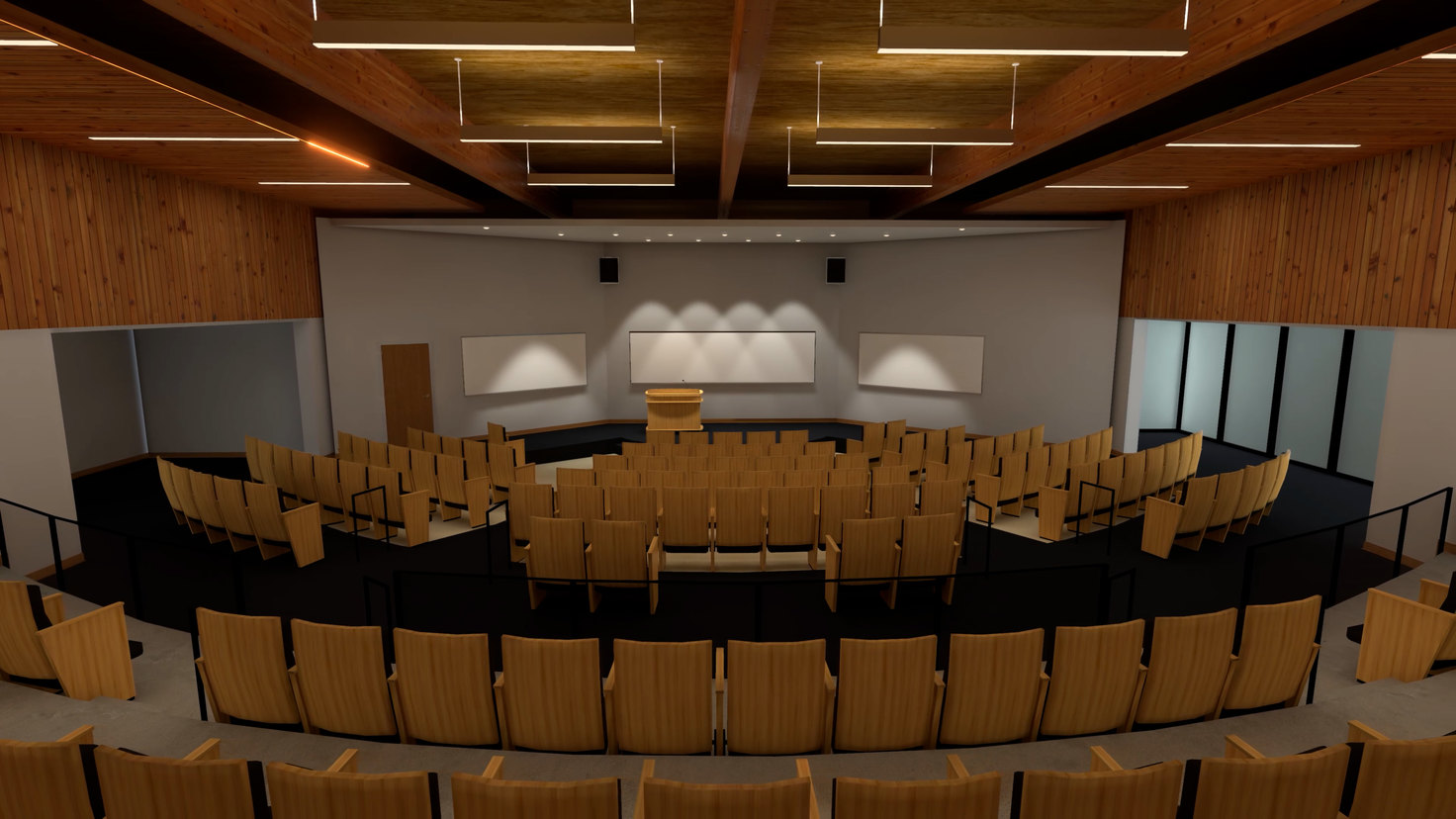
As the Metaversity progresses, it will eventually become a two-way mirror. We envision the Metaversity as a testbed where we can evaluate design concepts before migrating them to the “real” world. We can take advantage of setting up a lower-cost, lower-risk trial and gain feedback from the future “occupants.” Moreover, it will provide flexibility to facility operations as virtual spaces can temporarily accommodate classes during building construction on the physical campus. The synergy between the Metaversity and physical campus will magnify the next generation’s learning experience.
Benefits of virtual learning in the metaverse
To amplify the immersive learning experience, there is an opportunity to collaborate with gamification specialists such as illustrators, writers and composers. Visual content alone is not enough to make the experience engaging, therefore integrating these experts will lead to successful adoption of the new learning platform. The new team will articulate the virtual learning experience, keeping students more engaged in the Metaversity contents. Gen Z, the visual learners, will take advantage of this new paradigm.
Lastly, everything in the built campus environment will be represented in the digital twin. Copyrights, use-rights and royalties will become part of contact negotiations because unlike buildings in the real world, the twins do not age, weather or require maintenance. No more squeaky floors or leaking roofs! The twins fulfill the architectural hubris of lasting forever. Therefore, providing Metaversity-specific deliverable sets as additional services could serve institutions with establishing digital twin campuses.
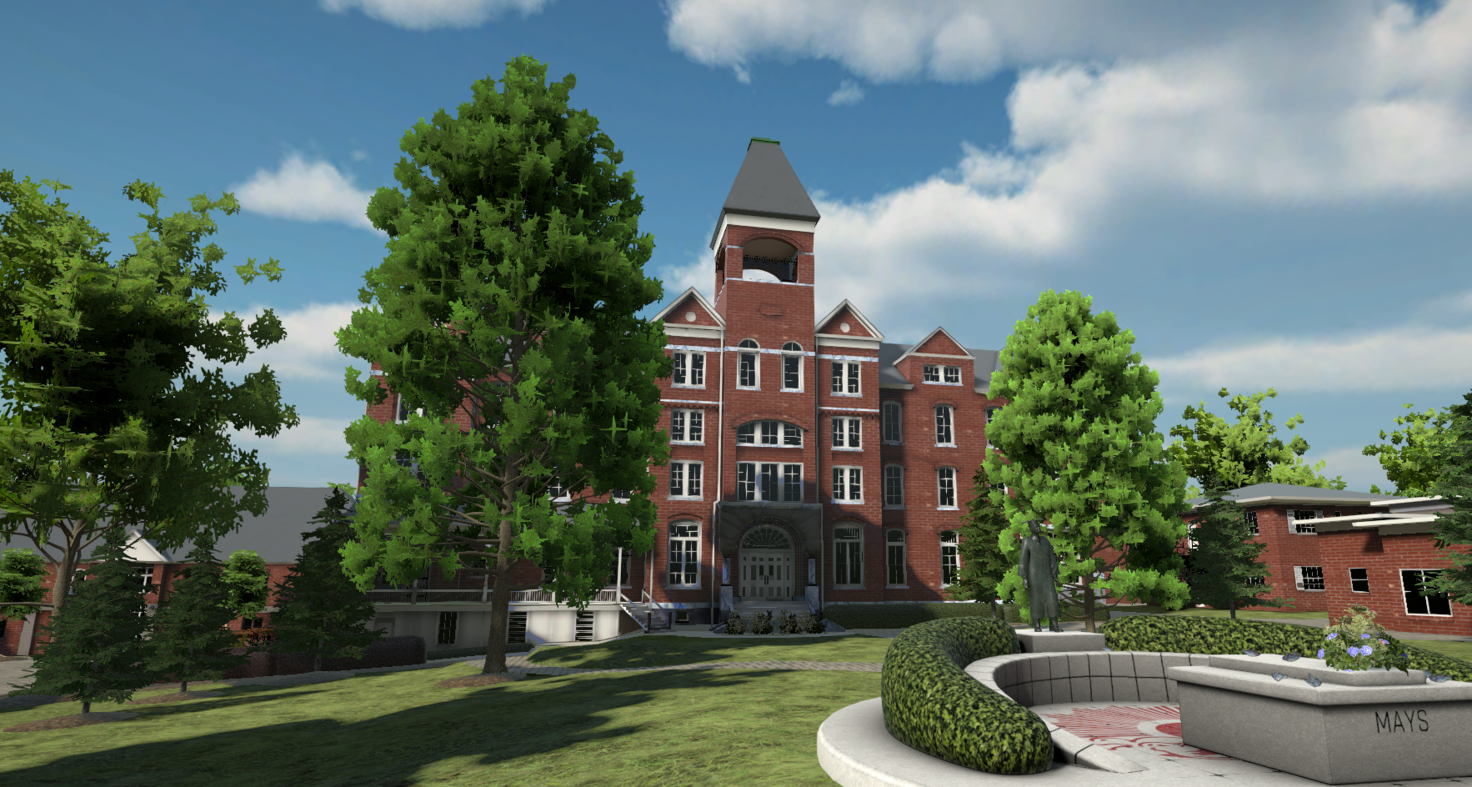
But what should we be wary of? Prototyped AR/VR learning spaces can make it easy for institutions to adopt the platform, but a limited range of proven models may keep them from innovation. We also notice barriers of entry to the Metaversity services because current pioneers are in the tech and gaming industry. In addition, the presence and role of the physical campus may be diminished as the virtual campus grows. The lack of “reality” may deepen the sense of isolation from the real world, worsening disengagement and loneliness that students experienced during the pandemic.
We see the Metaversity as a complementary component to higher education spaces. Throughout the pandemic, virtual/remote learning proved possible. Yet, students longed for in-person interaction. Leveraging both the physical campus and the Metaversity has the power to benefit all players in higher education.
More from Author
SmithGroup | Oct 28, 2024
A case for mid-rise: How multifamily housing can reshape our cities
Often referred to as “five-over-ones,” the mid-rise apartment type is typically comprised of five stories of apartments on top of a concrete “podium” of ground-floor retail. The main criticism of the “five-over-one” is that they are often too predictable.
SmithGroup | Mar 28, 2023
Inclusive design requires relearning how we read space
Pulling from his experience during a campus design workshop, David Johnson, AIA, LEED AP, encourages architects to better understand how to design spaces that are inclusive for everyone.
SmithGroup | Nov 28, 2022
Data centers are a hot market—don't waste the heat!
SmithGroup's Brian Rener shares a few ways to integrate data centers in mixed-use sites, utilizing waste heat to optimize the energy demands of the buildings.
SmithGroup | Aug 3, 2022
Designing learning environments to support the future of equitable health care
While the shortage of rural health care practitioners was a concern before the COVID-19 pandemic, the public health crisis has highlighted the importance of health equity in the United States and the desperate need for practitioners help meet the needs of patients in vulnerable rural communities.
SmithGroup | Aug 10, 2021
Retail reset: The future of shopping malls
Developers and design partners are coming together to reimagine how malls can create a new generation of mixed-use opportunities.
SmithGroup | May 17, 2021
Future pandemic preparedness at the medical district scale
The current COVID-19 pandemic highlights the concern that we will see more emergency events in the coming years.
SmithGroup | Jan 25, 2021
Amid pandemic, college students value on-campus experience
All the students we interviewed were glad that they returned to campus in one form or another.
SmithGroup | Aug 13, 2020
Renewing the healing role of public parks
While we can’t accurately predict all the ways we will respond to the current COVID-19 pandemic, it should provide a moment of reflection as we see all too clearly the consequences of our exploitation and destruction of nature.
SmithGroup | Jul 21, 2020
How design of senior living communities must change after COVID-19
The cost of maintaining high quality of care and high quality of life for senior living communities has increased up to 73% for senior living communities that remain free of COVID-19 and up to 103% for COVID-19 positive senior living communities.
SmithGroup | Jun 12, 2020
How will museums change after COVID-19
This new environment may herald innovative economic models and change the way we think about museum design.

